Best practices for sourcing cosmetic dropper bottles?
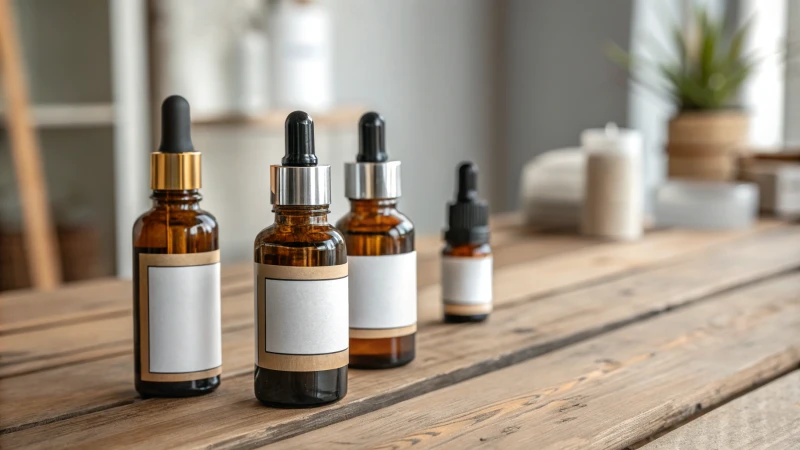
Choosing the right cosmetic dropper bottles is crucial for branding and product functionality. Key considerations include understanding your product’s viscosity, selecting suitable materials like glass or aluminum, verifying quality certifications such as ISO or GMP, customizing designs to enhance brand recognition, and coordinating logistics to ensure timely delivery. Each step in sourcing not only impacts user experience but also strengthens brand loyalty. By aligning bottle selection with product characteristics and brand values, businesses can create a compelling packaging solution that resonates with consumers while standing out in a competitive market.
How can we reduce the carbon footprint of our cosmetic packaging?
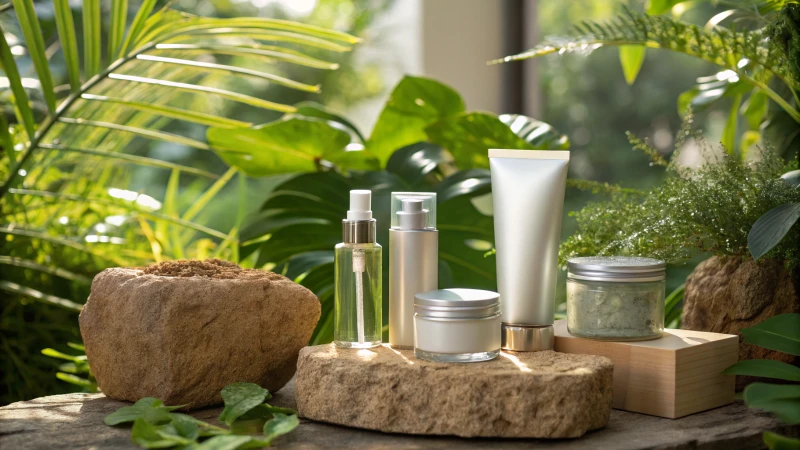
Reducing the carbon footprint of cosmetic packaging is essential for a sustainable future. Brands can achieve this by using eco-friendly materials like glass and aluminum, streamlining production processes with energy-efficient machinery, and embracing circular packaging systems that promote reuse and recycling. By focusing on these strategies, companies not only minimize waste but also appeal to environmentally conscious consumers. The shift towards biodegradable options and local sourcing further enhances sustainability efforts while optimizing logistics can significantly cut transportation emissions. Engaging consumers in recycling initiatives solidifies brand loyalty and fosters a community committed to reducing environmental impact. Ultimately, these practices are becoming vital as the demand for sustainable solutions grows in the beauty industry.
What are the advantages of using PET plastic for cosmetic packaging?
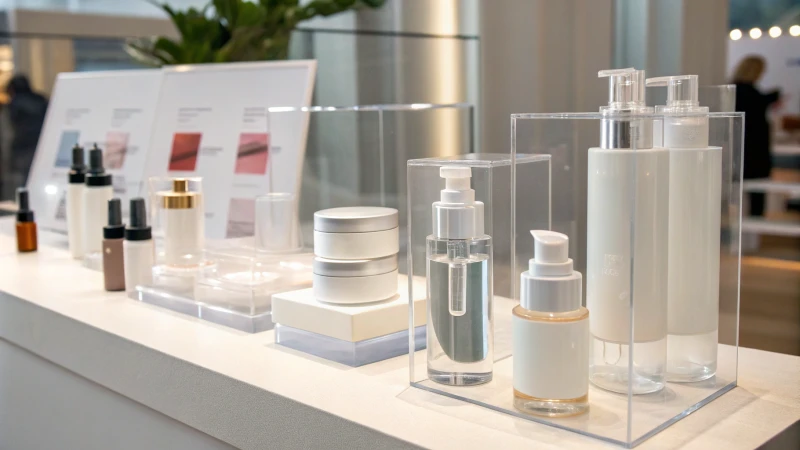
PET plastic has emerged as a leading choice for cosmetic packaging thanks to its numerous advantages. Its lightweight nature significantly reduces shipping costs while ensuring product safety during transit. The material’s exceptional durability prevents breakage, making it perfect for fragile items like cosmetics. Additionally, PET offers excellent barrier properties that help maintain product freshness and effectiveness. Brands can also take advantage of PET’s customization potential to create unique designs that resonate with consumers. Importantly, PET is highly recyclable, supporting sustainability initiatives and appealing to eco-conscious customers. As the demand for sustainable solutions grows, adopting PET plastic not only enhances brand image but also contributes positively to the environment.
How can airless cosmetic tubes enhance product shelf life?

Airless cosmetic tubes are revolutionizing skincare packaging by significantly extending product shelf life. By preventing air exposure and contamination, these innovative tubes maintain the potency of sensitive ingredients, reduce waste, and cater to eco-conscious consumers. They also support brand integrity through anti-counterfeiting features like RFID technology. As consumer demand for sustainable solutions grows, airless packaging not only enhances product efficacy but also aligns with environmental goals. This article explores the benefits of airless tubes in preserving formulations, minimizing waste, and improving brand trust while addressing market trends that favor long-lasting and effective skincare products.
How do pump bottle designs impact product dispensing efficiency?
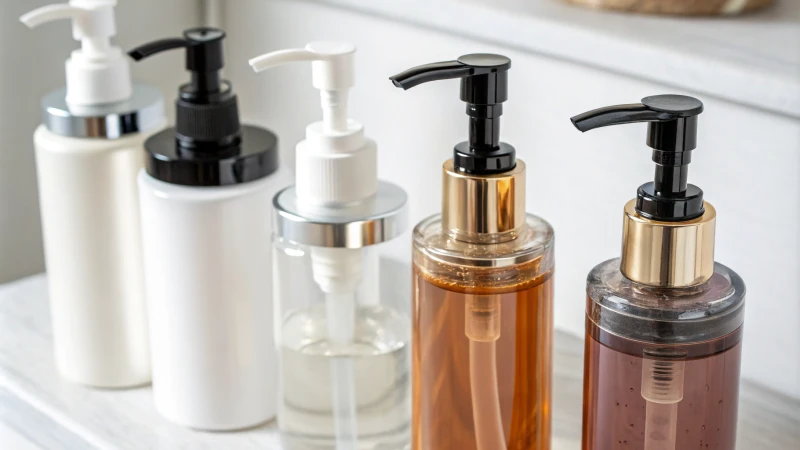
Pump bottle designs play a crucial role in product dispensing efficiency. Key factors such as nozzle shape, actuator ergonomics, and dip tube length directly affect flow rates and user experience. A well-designed pump ensures minimal waste while maximizing product use. Innovations in materials and technology are also shaping the future of sustainable packaging solutions. Understanding these elements can help manufacturers meet consumer demands while enhancing usability and reducing environmental impact. This article explores how thoughtful design choices lead to better dispensing experiences across various applications.
How can we optimize the supply chain to reduce lead times for cosmetic packaging?
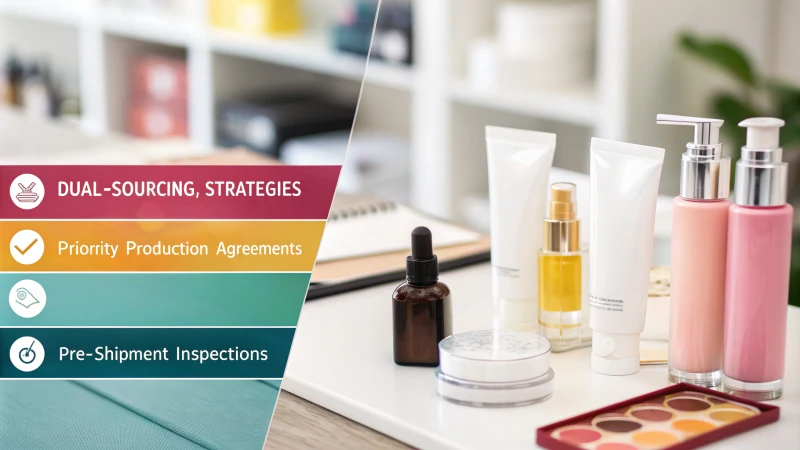
In the competitive cosmetic industry, reducing lead times for packaging is crucial. Strategies such as dual-sourcing from multiple suppliers, leveraging regional manufacturing, and adopting advanced demand forecasting systems can significantly enhance supply chain efficiency. Additionally, improving supplier communication through digital tools and establishing clear expectations fosters collaboration and transparency. By implementing these tactics, businesses can navigate challenges effectively while ensuring timely delivery of products to meet market demands. This comprehensive approach not only mitigates risks but also positions brands competitively in a fast-paced environment.
How can AI and automation improve cosmetic packaging production efficiency?
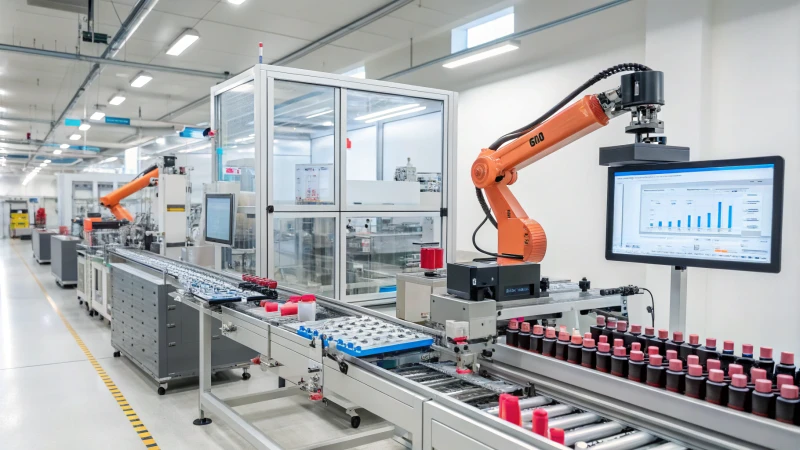
AI and automation are transforming the cosmetic packaging industry by streamlining production processes, enhancing quality control through advanced vision systems, and optimizing supply chains. These technologies enable precise demand forecasting and predictive maintenance, significantly reducing waste and costs while improving product quality. With AI-driven solutions, manufacturers can automate repetitive tasks, predict equipment failures before they occur, and ensure high accuracy in defect detection. This not only boosts operational efficiency but also aligns with sustainability goals by minimizing resource consumption. As the industry evolves, embracing these innovations is crucial for staying competitive in a rapidly changing market.
호주 화장품 포장 규정을 준수하는 방법
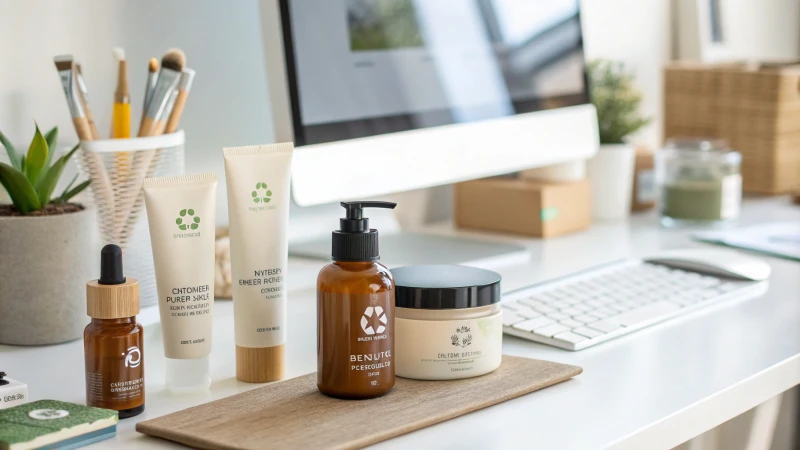
호주의 화장품 포장 규정을 준수하는 것은 쉽지 않은 일입니다. BPA가 없는 플라스틱과 같은 안전한 소재를 사용하고, INCI 이름과 유통기한을 정확하게 라벨에 표시하며, 지속 가능한 관행을 채택하는 데 집중하세요. 친환경 포장에 대한 증가하는 수요를 충족하는 동시에 법적 문제를 피하기 위해 NICNAS 및 ACCC 가이드라인에 대한 정보를 파악하세요. 재료 인증을 위해 공급업체와 협력하고 친환경 이니셔티브에 대한 정부 인센티브를 활용하세요. 이러한 요건을 이해하면 규정을 준수할 수 있을 뿐만 아니라 경쟁이 치열한 시장에서 브랜드 평판을 높일 수 있습니다. 지속 가능성에 대한 소비자 가치에 맞춰 패키징의 혁신을 수용하세요.
미국 화장품 포장 규정을 준수하는 방법
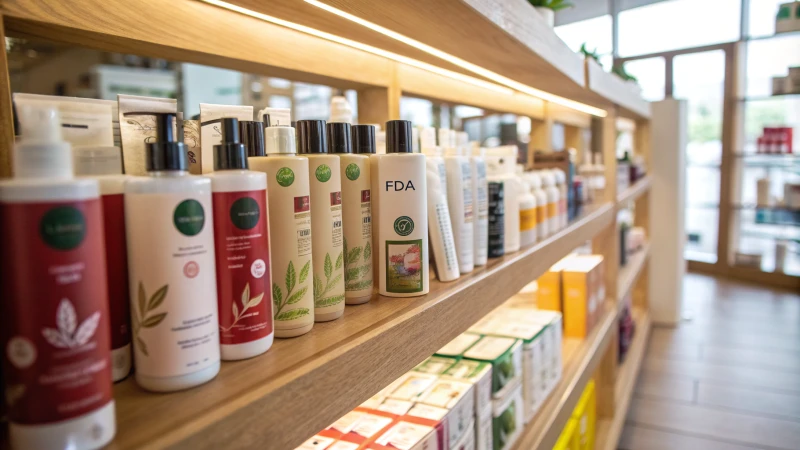
미국 화장품 포장 규정을 탐색하는 것은 어려울 수 있습니다. 이 가이드는 FDA 가이드라인 준수, 정확한 라벨링, 안전한 재료 사용, 진화하는 지속 가능성 기준 충족의 중요성을 강조합니다. 정기적인 감사와 제3자 규정 준수 테스트는 법적 문제를 피하고 소비자의 신뢰를 유지하는 데 매우 중요합니다. 성분 목록과 순 내용물 신고의 투명성을 위해서는 공정 포장 및 라벨링법(FPLA)을 이해하는 것이 필수적입니다. 지속가능성이 점점 더 중요해짐에 따라 브랜드는 2025년까지 재활용 가능 또는 생분해성 소재를 의무화하는 더 엄격한 규제에 적응해야 합니다. 성실한 관행을 통해 규정 준수를 우선시함으로써 기업은 경쟁이 치열한 시장에서 성공하는 동시에 소비자 건강을 보호할 수 있습니다.
EU 화장품 포장 규정을 준수하는 방법
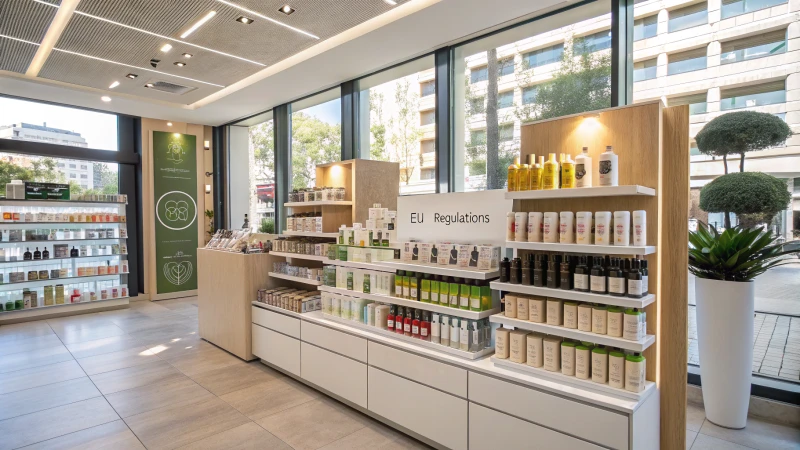
EU 화장품 포장 규정을 준수하는 것은 어렵지만 보람도 있습니다. 주요 규정 준수 단계에는 규정(EC) 번호 1223/2009 이해, 유해 화학물질 침출 방지를 위한 마이그레이션 테스트 수행, 생산자 책임 확대(EPR) 의무 이행이 포함됩니다. 지속 가능한 관행을 수용하는 것은 규정 준수뿐만 아니라 환경을 생각하는 시장에서 경쟁 우위를 확보하기 위해서도 필수적입니다. 기업은 유럽 환경에서 성공하기 위해 환경 친화적인 포장 솔루션에 대한 진화하는 규정과 소비자 선호도에 대한 정보를 지속적으로 파악해야 합니다.


